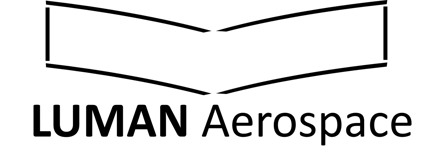Connecting the world from the sky
using high altitude pseudo satellites (HAPS)
Stay tuned for more!
We develop high altitude pseudo satellites (HAPS), unmanned aircraft that fly in the stratosphere at an average altitude of 20km while providing telecommunications, earth observation or defence services. HAPS are usually hydrogen or solar-powered, allowing them to remain airborne for weeks or even months, and have a number of advantages over orbit-based satellites due to their proximity to earth and the flexibility in deployment.
About us
Luman Aerospace was born from a group of students of the TU Delft Faculty of Aerospace Engineering with a big passion for lightweight structures and electric aviation. After many design iterations and prototype tests, we came up with an innovative and completely novel aircraft design, which we believe fixes the key issues current HAPS designs are facing.








